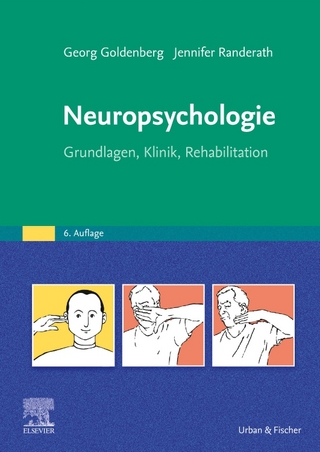
Embodied Conflict
The Neural Basis of Conflict and Communication
Seiten
2018
Routledge (Verlag)
978-1-138-08711-8 (ISBN)
Routledge (Verlag)
978-1-138-08711-8 (ISBN)
Embodied Conflict presents the neural encoding mechanism at the root of conflict, outlining seven key characteristics and exploring their implications for communication, relationship, and conflict resolution.
Our abilities to learn and remember are at the core of consciousness, cognition, and identity, and are based on the fundamental brain capacity to encode and store perceptual experience in abiding neural structures. These neural structures are the mechanisms by which we know, think about, create beliefs about, and understand the world in which we live. This includes the social world in which we experience conflict with others; our conflicts are largely about differences in what we know, think, believe, and understand. A number of characteristics of the neural encoding function are at the root of and help to explain conflict in our social relations and why some conflicts are difficult to prevent and resolve.
Embodied Conflict presents the neural encoding function in layman’s terms, outlining seven key characteristics and exploring their implications for communication, relationship, and conflict resolution. In doing so, Embodied Conflict situates the field of conflict resolution within the long arc of human history and asks whether and how conflict resolution practice can take another step forward by considering the neural experience of parties in conflict. The book includes many case examples and offers some suggestions for how conflict resolution practitioner training might be expanded to include this theoretical framework and its implications for practice.
Our abilities to learn and remember are at the core of consciousness, cognition, and identity, and are based on the fundamental brain capacity to encode and store perceptual experience in abiding neural structures. These neural structures are the mechanisms by which we know, think about, create beliefs about, and understand the world in which we live. This includes the social world in which we experience conflict with others; our conflicts are largely about differences in what we know, think, believe, and understand. A number of characteristics of the neural encoding function are at the root of and help to explain conflict in our social relations and why some conflicts are difficult to prevent and resolve.
Embodied Conflict presents the neural encoding function in layman’s terms, outlining seven key characteristics and exploring their implications for communication, relationship, and conflict resolution. In doing so, Embodied Conflict situates the field of conflict resolution within the long arc of human history and asks whether and how conflict resolution practice can take another step forward by considering the neural experience of parties in conflict. The book includes many case examples and offers some suggestions for how conflict resolution practitioner training might be expanded to include this theoretical framework and its implications for practice.
Tim Hicks has been a conflict resolution practitioner and teacher for 25 years. From 2006 to 2014, he was the first director of the conflict resolution Master’s degree program at the University of Oregon.
Preface Introduction Chapter I. Some basics about humans as living organisms Chapter II. The Neural Encoding Function Chapter III. Some key characteristics of the neural encoding system Chapter IV. Implications for conflict and its resolution Chapter V. What can we do with this information? Applications to Practice Chapter VI. Implications for Training Chapter VII. Conclusion References
| Erscheinungsdatum | 13.06.2018 |
|---|---|
| Verlagsort | London |
| Sprache | englisch |
| Maße | 152 x 229 mm |
| Gewicht | 403 g |
| Themenwelt | Geisteswissenschaften ► Psychologie ► Biopsychologie / Neurowissenschaften |
| Mathematik / Informatik ► Mathematik | |
| Naturwissenschaften ► Biologie ► Humanbiologie | |
| Naturwissenschaften ► Biologie ► Zoologie | |
| Sozialwissenschaften ► Politik / Verwaltung ► Europäische / Internationale Politik | |
| Wirtschaft ► Betriebswirtschaft / Management | |
| ISBN-10 | 1-138-08711-4 / 1138087114 |
| ISBN-13 | 978-1-138-08711-8 / 9781138087118 |
| Zustand | Neuware |
| Haben Sie eine Frage zum Produkt? |
Mehr entdecken
aus dem Bereich
aus dem Bereich
Grundlagen, Klinik, Rehabilitation
Buch | Softcover (2024)
Urban & Fischer in Elsevier (Verlag)
56,00 €
Buch | Spiralbindung (2022)
modernes lernen (Verlag)
29,95 €
Grundlagen, Klinik, Therapie und Verlauf der …
Buch | Softcover (2024)
Kohlhammer (Verlag)
84,00 €


